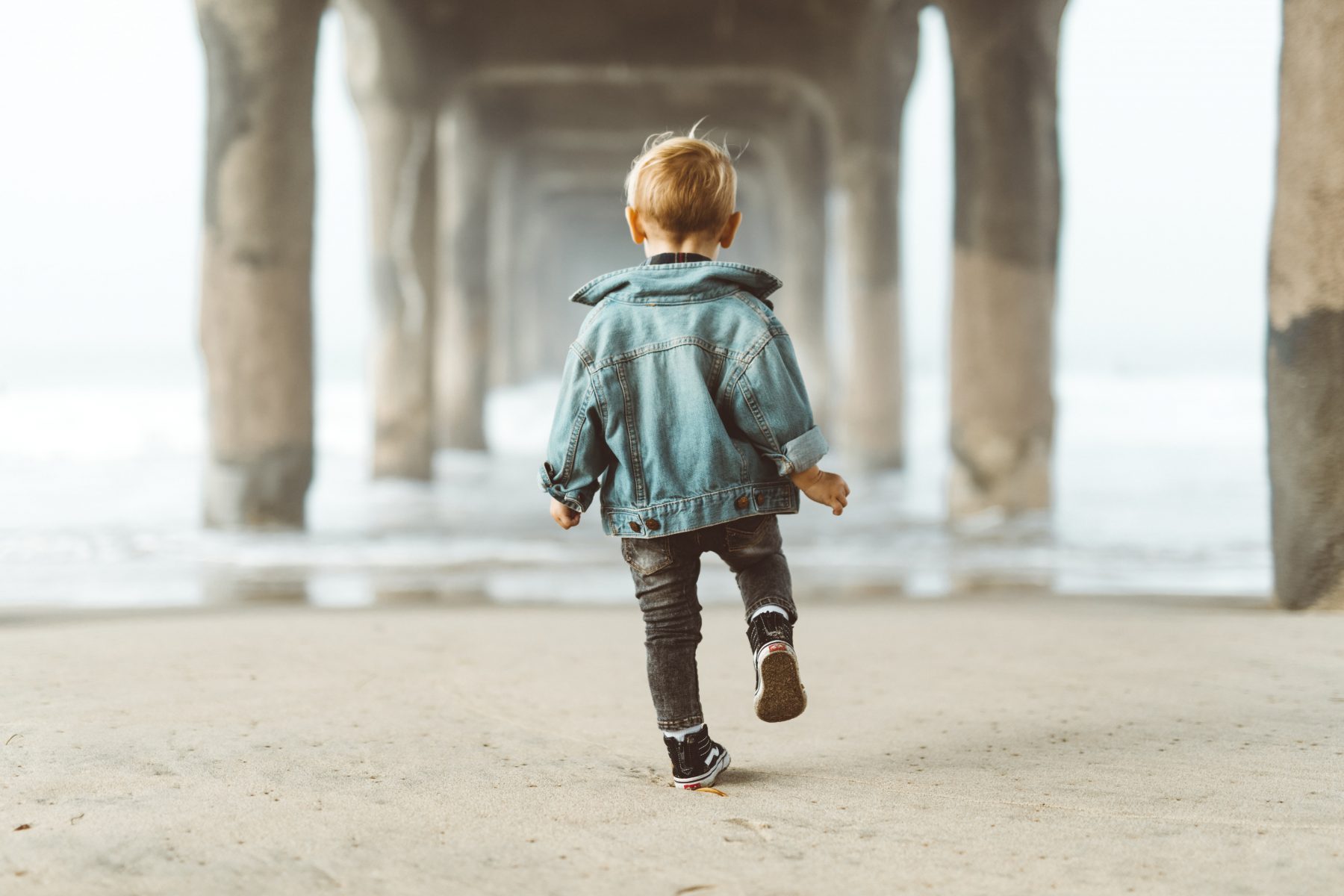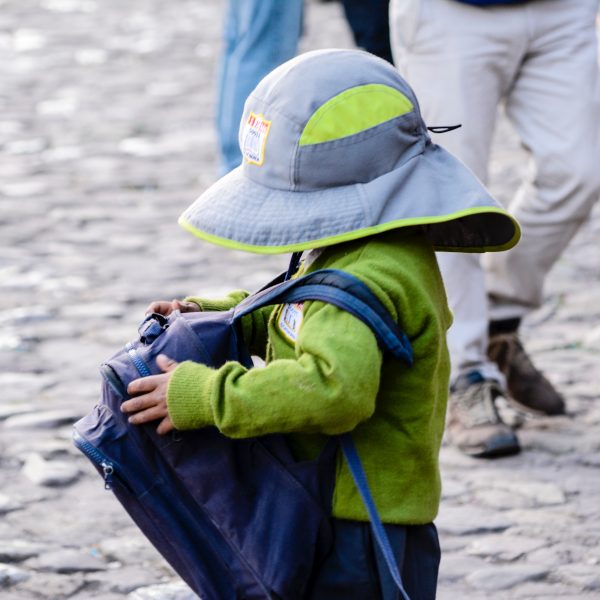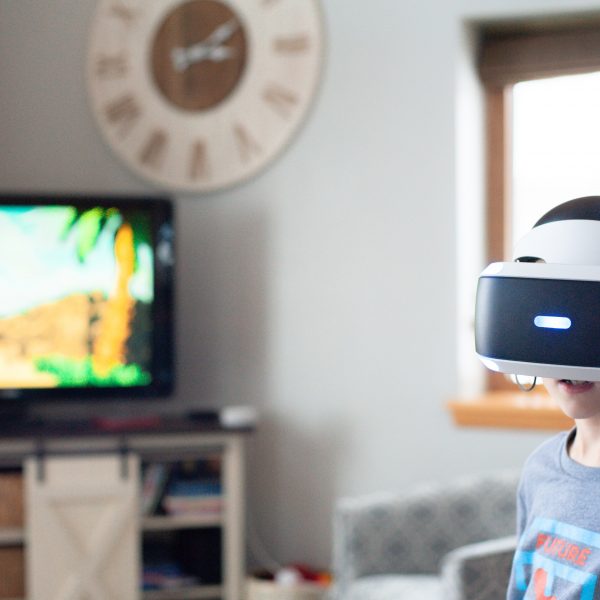UNSW study links early childhood vulnerability with future police contact

Children who are identified as having emotional or behavioural problems in early childhood by their educators and teachers are more likely to have contact with police later in life when compared to children without such problems, a new study led by UNSW Sydney researchers has revealed.
The study, Professor Kimberlie Dean said, builds on previous research which demonstrates that people with mental health problems are more likely to have contact with the criminal justice system in adulthood and adolescence, indicating that the association can begin much earlier in life.
The study, which was recently published in JAMA Network Open, used data from the NSW Child Development Study, which included 79,000 children (50.9 per cent boys and 49.1 per cent girls). The observation period spanned over eight years – from when a child entered full-time schooling (aged five years on average) until they turned 13 years of age.
The study also revealed that risk for police contact extended to children with other forms of developmental vulnerability, and was particularly high for a small group of children that teachers assessed as having significant vulnerability across the full developmental spectrum – which was an unexpected finding.
The researchers found 9,841 children had at least one contact with police after school entry. Contact as a survivor of crime was the most common reason for first police contact, followed by contact as a person of interest and contact as a witness.
Among the children who had at least one contact with police by the age of 13, almost one-third were found to have at least one emotional or behavioural problem at school entry, with the incidence rate being twice that of children without such problems. Incidence rates of police contact over the follow-up period were also higher for those children with specific developmental risk profiles, particularly those with a pervasive risk profile.
Incidence rates of police contact were higher for boys than girls for contact as a person of interest. However, there was no apparent difference by gender for contact as a survivor of crime or as a witness.
Professor Dean said the research found very high rates of police contact for children recorded in the data as being of Aboriginal and/or Torres Strait Islander background.
“This confirmed that the over-representation of our First Nations people in the criminal justice system begins early in life.”
Early intervention to avoid adversity
Professor Dean said while there are currently interventions aimed at improving emotional and behavioural development, including evidence-based parenting interventions, this study supports such approaches being delivered early in a child’s development.
“There might also be opportunities to identify vulnerable children and families when a child experiences their first early contact with police. It raises a flag that early intervention may be warranted,” Professor Dean explained.
The study also recommended a gender-specific approach to interventions.
“It’s complicated, but we did find some differences in the patterns of police contact, in relation to developmental vulnerability, between boys and girls. As children age, these differences are likely to increase and we know that by adolescence/adulthood, boys and men are much more likely to have contact with the criminal justice system overall. But the impact of mental health problems on risk for girls/women is higher. There is emerging evidence that the approach to reducing that risk should be gender-informed,” she added.
The full research paper can be viewed here.
Popular

Workforce
Policy
Quality
Practice
Provider
Research
ECEC must change now, our children can’t wait for another inquiry
2025-07-02 07:47:14
by Fiona Alston

Workforce
Practice
Provider
Quality
Research
Supporting successful transitions: Big moves, big feelings
2025-06-26 11:00:30
by Fiona Alston

Practice
Quality
Research
When joyful autonomy matters so much more than curriculum outcomes
2025-06-25 09:30:36
by Contributed Content













